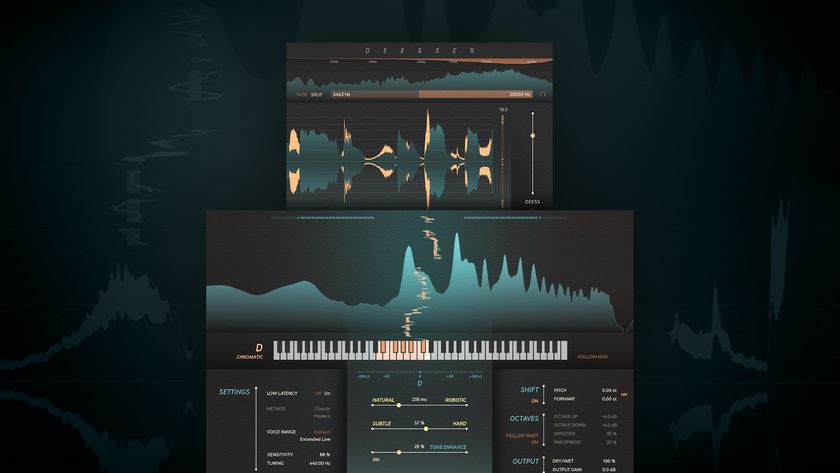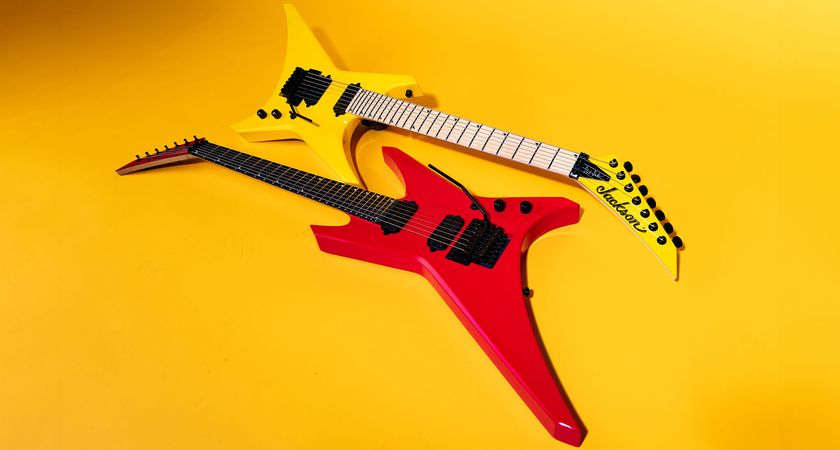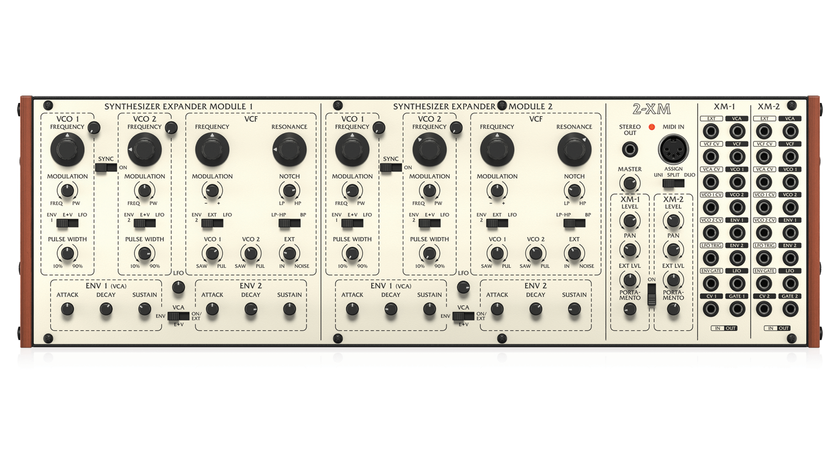Giorgia Angiuli's favourite music software
The Italian producer and live artist reveals the software behind her recently released debut album, In A Pink Bubble
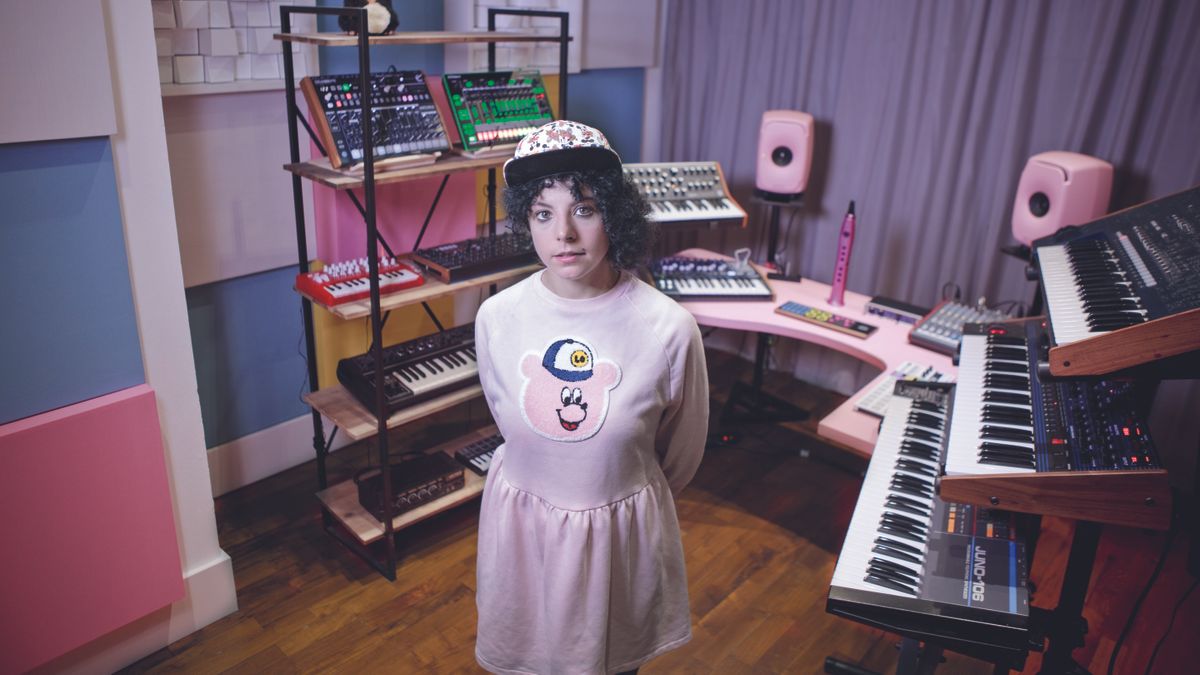
Ableton Live 10
“Ableton Live is a platform that you’ll fall in love with. It’s simple, versatile and reliable. Even if Ableton is the first and only DAW you’ve worked with, you’ll have no problems using it after a while – it’s so intuitive! I use it for everything: to compose, arrange and mix my tracks, and also when I play live.
“Right at the start, when I was first beginning electronic music production, it quickly became the only DAW I wanted to work with. Without hesitation, I can suggest it to everyone who wants to make music. Every day, it will offer you new possibilities.”
UAD Thermionic Culture Vulture
“I bought my UAD Satellite three years ago, and it’s now one of the most important tools in my studio. There are so many great plugins to choose from, but one of my favourites is the Thermionic Culture Vulture. I find it hard to explain the colour it gives to my sounds… it adds fantastic harmonics and reproduces the warmth of those old valves. It always makes an impact on basslines and leads.
“Can I mention two more UAD plugins? RealVerb Pro is wonderful on synthesisers; and my other essential UAD tool is the Pultec EQP-1A equaliser – it’s so round and smooth, especially when used on vocals and guitar.”
Brainworx bx_digital V3 EQ Collection
Get the MusicRadar Newsletter
Want all the hottest music and gear news, reviews, deals, features and more, direct to your inbox? Sign up here.
“The beauty of the Brainworx EQs is that they all have such a clean sound. They never sound harsh, which is something that you can often find when it comes to other digital EQ plugins. Some EQs will only work on certain instruments, but with Brainworx EQs, you can use them on everything, especially when you’re EQing subtractively – you know, when you’re trying to find space for something in the mix. They do their job fine, but then they add nothing. In my opinion, it is essential to have this kind of tool on your computer.”
Valhalla VintageVerb
“I discovered this about three years ago, and haven’t stopped using it since. As the name suggests, it’s modelled on older reverb units, but still manages to maintain its own character. I find it particularly good for vocals, leads and pads, and I’m pleased to say that it’s also light on the CPU – despite the high overall quality! It’s easy to use, too – with a few adjustments of the Predelay, you’ll soon find the sound and space you’re looking for.”
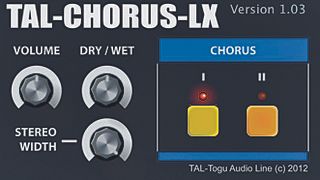
TAL-CHORUS-LX
“This is another effects plugin that’s remained on my computer for at least four or five years. It’s built its reputation on being a reproduction of the mighty Juno synth’s chorus, and yes, it does come in useful when I want to make a synth stand out in the mix. It provides a simple change in the stereo field, but the human ear perceives the sound source with much more… presence. If you have to give a synth character in the centre and sides of a mix, this’ll work.”
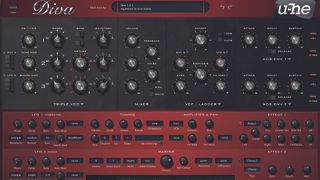
u-he Diva
“I only installed this last week, but immediately found it to be a lot of fun. For a virtual instrument, it has an incredible sound. If I were to mention one small problem, it would be that it can be quite heavy on the CPU when using the ‘Divine’ mode for the best-quality sound.
“One of my favourite tricks is to combine modules from famous vintage synths and turn them into one ‘single’ instrument. It has an excellent arpeggiator, too. Experiment with the progression values [which alters how and when it moves between octaves] and you can create some amazing patterns. A simple starting point will soon become very exciting!”
Waves S1 Stereo Imager
“This does the one thing I often need: increase the perceived stereophony of a sound. But it does that well! I know that a lot of producers use it on submixes and the master channel, but I personally use it on individual channels, which gives me more control over the width of each of sound. Listen to any song of mine and you’ll probably hear it on synths and leads.”
Waves Renaissance Vox
“Another tool you’ll find in the Waves suite, and one that I consider to be something special. It’s been designed to work with vocal signals, and that’s exactly what it does. There aren’t many controls – just a gate and a compressor. The latter is a soft-knee compressor with auto make-up gain. That means that you really must set this one up by ear – adjust the controls until you find something that fits your voice.”
FabFilter Pro-Q 3
“If I had to list all the plugins that make a big difference to my sound, then FabFilter’s famous EQ would be close to the top, for sure! Personally, I think Pro-Q is the best all-round equaliser available on the market in 2019. By double-clicking on any point of the GUI, it’s easy to add an EQ band that can be switched between several filter types.
“One of the coolest features for me is the ability to EQ in M/S mode – breaking the stereo sound in to two different components [signals that are the same in the left and right channels, ie, mono, and signals that are different, ie, stereo]. Once you’ve mastered this one, it’s really easy to use, but this feature really allows you to dive deep into the different frequencies of a song. Try it if you have quite a difficult stereo bassline – you can keep control of the low frequencies, without losing any stereo spread in the mids and highs.”
Giorgia Angiuli’s new album, In A Pink Bubble, is out now.


Computer Music magazine is the world’s best selling publication dedicated solely to making great music with your Mac or PC computer. Each issue it brings its lucky readers the best in cutting-edge tutorials, need-to-know, expert software reviews and even all the tools you actually need to make great music today, courtesy of our legendary CM Plugin Suite.

